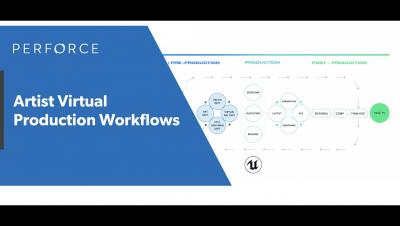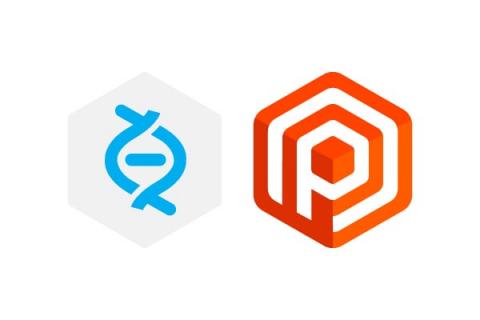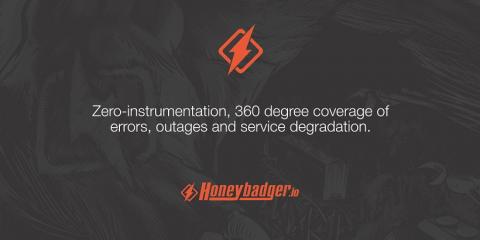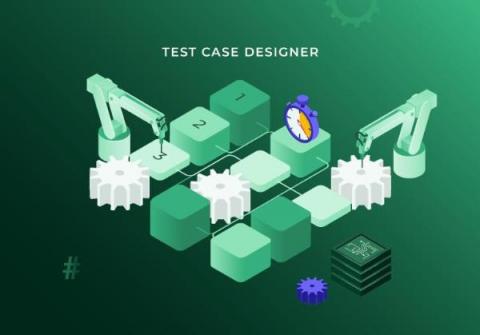Systems | Development | Analytics | API | Testing
%term
Creating a Seamless Customer Experience with APIs | Danielle Dias | Just Eat Takeaway.com
What is an Internal Developer Platform (IDP) and Why It Matters
Unity Version Control (Plastic SCM) vs. Perforce Helix Core: Which Is Better?
When Plastic SCM (now Unity Version Control) was acquired by Unity in 2020, game dev and VFX studios already using the Unity Engine started considering it more seriously for version control. Why? On the surface, Plastic SCM is an attractive solution. It offers a friendly UI for artists and handles the basics of version control at low scale. But what happens when your projects grow and get more complex? Does Plastic still hold up? Read along or jump ahead to the section that interests you most.
DIY error monitoring for Ruby
This article will teach you how to monitor Ruby errors without using a service like Honeybadger! Learn about Ruby's built-in errors, how to use log levels and tagging to customize the log output, display errors on the front-end, and more.
Website Traffic Benchmarks by Industry
Test Coverage: How to increase test coverage using Testsigma?
The software release goes through two main phases – development and testing. When the software is under development, a developer codes the required features and lets the team know he is done with it. How do we verify this? By using the functionality on any of the systems. It is then cleared for testing. Now when the software is under testing, a tester tests the functionalities of the application and lets the team know he is done with it. But how do we verify this?
Robustness Testing in Software Testing - An Overview
Let’s talk about something important in the realm of software testing: Robustness testing. ISTQB states, “Robustness testing is the degree to which a component or system can function correctly in the presence of invalid inputs or stressful environmental conditions.”This is when we test a system or program to see how well it can handle unexpected scenarios and mishaps.
Compliance Testing: Everything You Need to Know in 2023
Welcome, software testers and compliance geeks! Today we’ll look into Compliance testing, which can sound like a dry and daunting task, but we will make this fun. Consider yourself a software tester who has just been set with verifying that your company’s latest application complies with all the necessary regulations and standards. This might be intimidating, but don’t worry; we’ve got your back.
The impact of model-based test case design on automation
Research has shown that 35% of companies find manual software testing to be the most time-consuming part of the software development life cycle. Because manual testing is so time consuming, test automation has been growing as a solid way to improve ROI. From reduced tester fatigue and greater productivity to a better product and faster time to market – building a robust test automation framework can add numerous benefits to your team.











